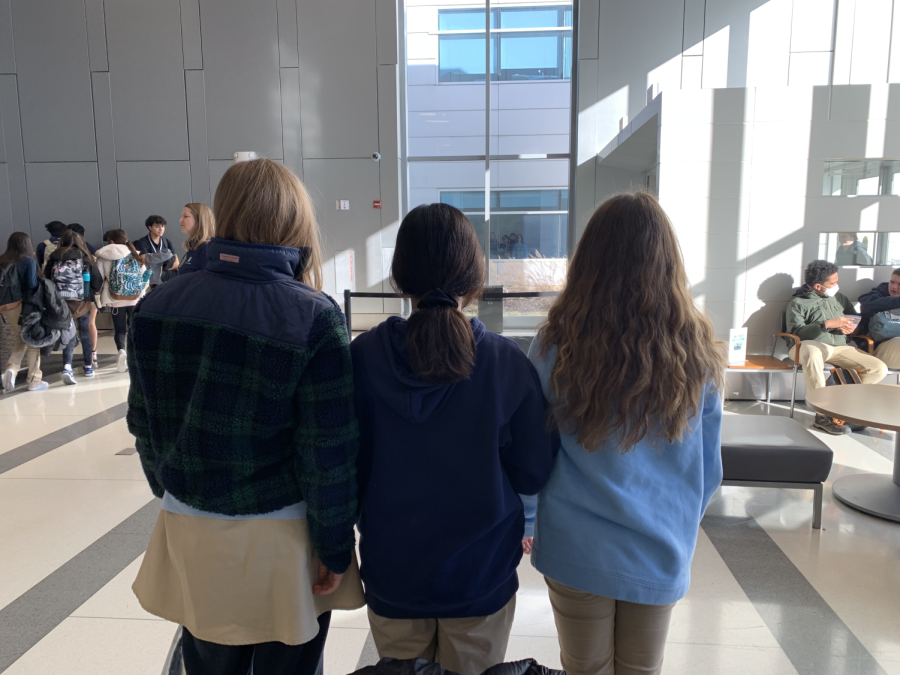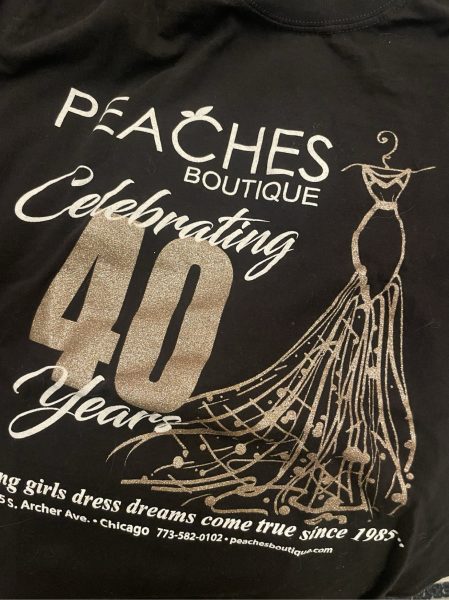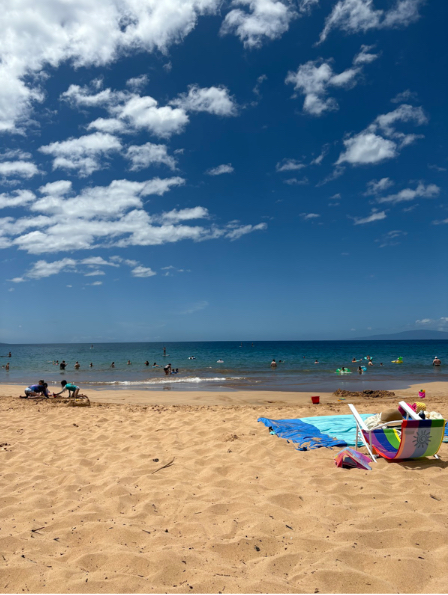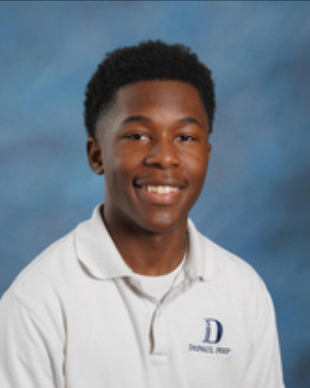OPINION: Schools like DePaul Prep should allow students to dye hair
Ever since the creation of DePaul College Prep, the Handbook has not allowed hair dye. The Handbook states, “Hair must be neat, clean, and professional. Hair color must be a natural color (blonde, brunette, black, auburn)” This rule is very similar to other Catholic schools’ rules regarding hair, such as St. Ignatius and Loyola Academy. Many high schools have hair dye rules because they are trying to prepare their students for future jobs, where hair dye might not be acceptable. However, most CPS schools have no rules regarding hair dye.
One of the main reasons behind implementing this rule was DePaul Prep’s identity as a college prep school. According to the DePaul Prep website, “The DePaul College Prep dress code is a major component to prepare students for the professional world while instilling self-respect, neatness and pride in our school identity.” As a college prep school, DePaul Prep focuses on preparing its students for college and future jobs, and in the past, the job market hasn’t been extremely welcoming to people with non-natural hair colors.
Victoria Aguilar, an art teacher at DePaul Prep, has experienced this first hand. She worked as a preschool teacher as her first job, and decided to dye her hair dark purple while working there. She was reprimanded for this and had to hide her hair.
While experiences like this still exist in some careers, as more and more people continue to dye their hair unnatural colors, many workplaces are adjusting to the future and how we view dyed hair. In fact, according to a 2019 survey by Accountemps, over one third of employers believe that unnatural hair colors are acceptable. To say that unnatural hair colors are unprofessional may have been true in the past, but times are changing, and the next generation of the workforce have already shown to be much more accepting.
Additionally, according to Accountemps, 90% of managers believe that the workplace has become much more informal. Taking this, and the fact that an estimated 85% of American women dye their hair, it is easy to see how the workplace has become a more accepting place. Even in more traditionally strict jobs such as lawyers, sales associates, and consultants, more and more workplaces are embracing lax policies with regard to personal appearance.
Therefore, not only is this rule confining, it is also out of date. High schools are actively educating the next generation of workers, so shouldn’t schools be embracing change and modernization in order to help improve the workforce in the future?
Additionally, high school marks the end of our youth. These are the last years of our life that we are able to completely express ourselves before we will have to grow up. A major way teenagers express themselves is through their hair. By not allowing hair dye, DePaul Prep is taking away a major way that students are able to express themselves.
Many students dislike the rule because of this very reason. Sophomore Annie Betts believes that, “We should be able to express ourselves more because of our uniforms” While uniforms are helpful in many aspects, the use of them also makes it harder for students to express themselves. Sophomore August Dixon agrees with these sentiments, and as someone who has dyed their hair multiple times, feels the rule is, “kinda pointless because the main reason I feel like a lot of schools don’t allow dyed hair is because it’s distracting, but if you’re getting distracted by dyed hair, I think that’s a you problem.”
Like it or not, self expression is a huge part of growing up and figuring out who you are. By not allowing students to fully express themselves, the way they want to, it is suppressing them and discouraging them from being themselves at school, completely destroying their view of school as a safe space. While uniformity is great in some contexts, there are also some major issues with it, like students developing a group-think mentality and feeling suppressed as they can’t showcase their individuality and be shown as the person they truly want to be. While the ability to follow rules is a valued skill, the ability to oppose them and think for yourself is arguably even more valuable, and this continued proponent of sameness and universality is not actively helping our students in the long run.
However, it is possible to express yourself without hair dye. One testament to this is Aguilar’s experience. She has wanted to dye her hair ever since she was little, but her Grandmother didn’t allow her to until she was eighteen. She remembers a time when she dyed it against her grandma’s wishes and was caught. “The reason still lingers that I wanted to be different, I wanted to stand out. The next day, she got me these earrings and told me to express myself in different ways. And, so I did.”
One consequence, whether intended or not, is promoting sameness and rejecting individuality through the strict dress code. In the real world, everyone is not the same as it seems within the walls of our schools, with uniforms and dress codes. In fact, in the professional world, it is extremely important to be able to work with others who are not the same as you. To continue to propose that everyone is the same, and rejecting individuality through self expression is not only completely naive, but damaging and instilling in students the idea that self expression is not important.
The way we view professionalism is drastically changing. The workplace and views on self expression have changed enormously in the past decade, and our school needs to change its rules accordingly to reflect that. Instead of discouraging self expression and individuality in the name of sameness and professionalism, DePaul Prep should encourage its students to express themselves in healthy ways, such as dying their hair.








Larysa Butenko • Feb 23, 2023 at 14:31
I really enjoyed reading your article
Vee Alexander • Feb 20, 2023 at 22:06
Excellent article, Ivy. I especially like your comment that: “ in the professional world, it is extremely important to be able to work with others who are not the same as you.” This is a commentary on the need for accepting diversity in our schools, in our workplaces, in our communities and in our world. Well said!